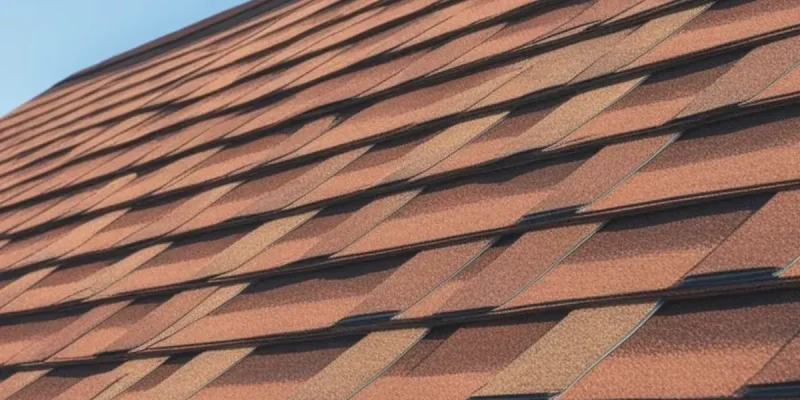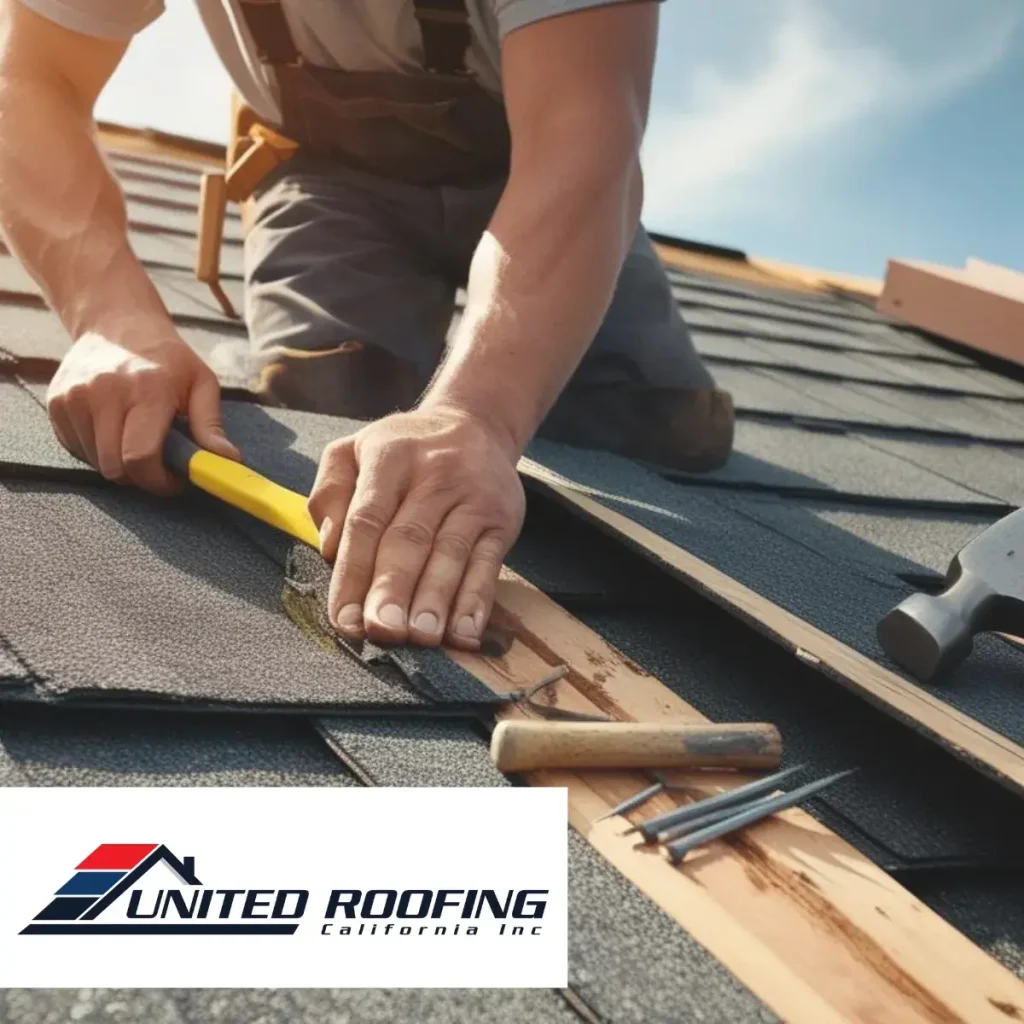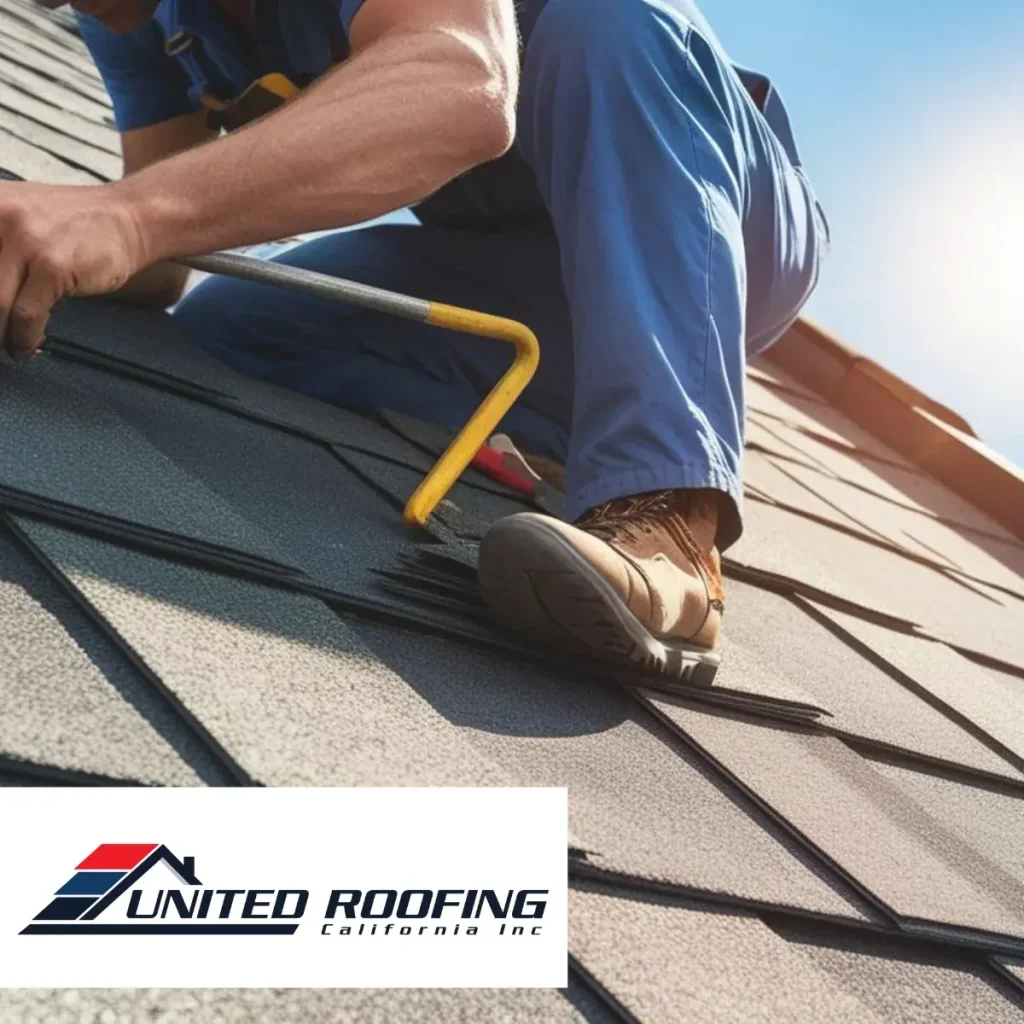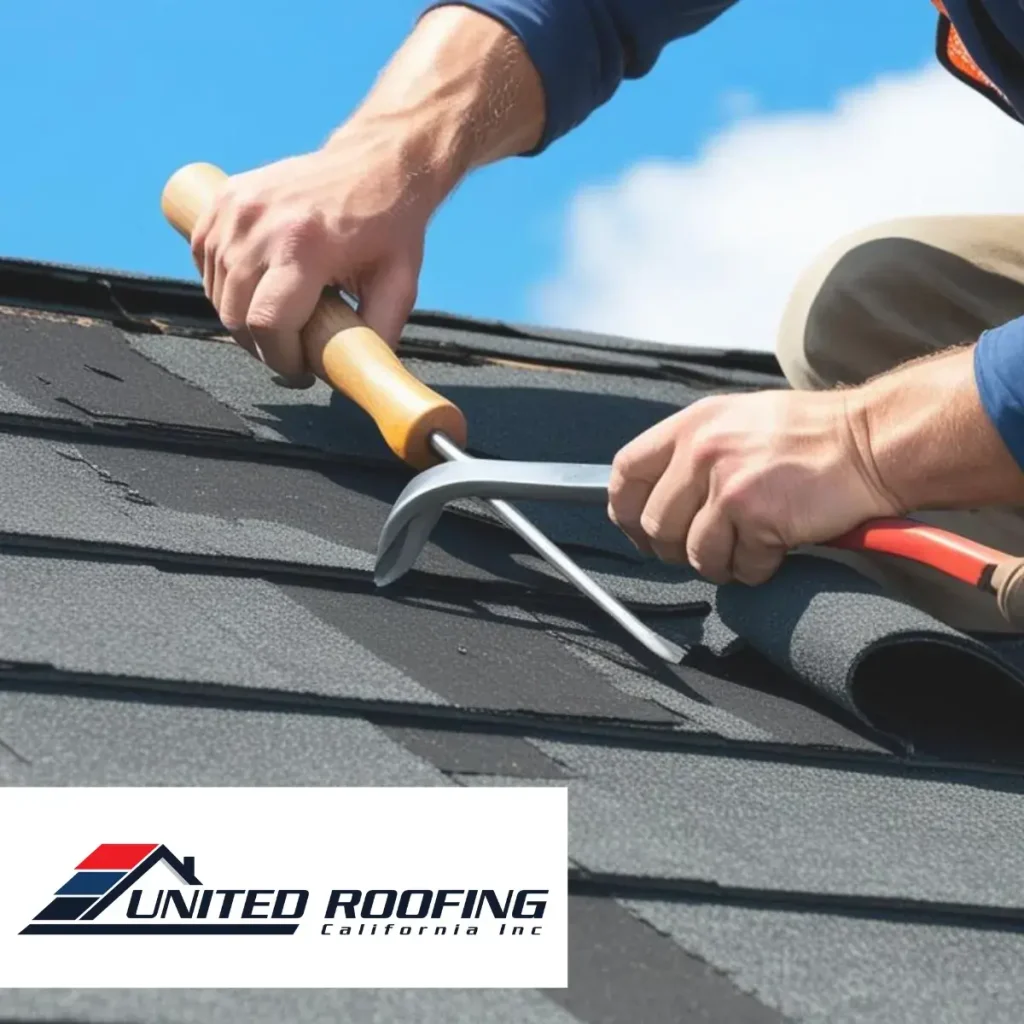While all roofs serve the purpose of protecting a structure, the process of replacing a commercial roof differs significantly from a residential one. The scale, materials, design, and complexity of each project are shaped by the building’s function and structural layout. Understanding the distinctions between residential and commercial roofing replacement is essential for choosing the right contractor and approach for your property. Each comes with unique challenges, and tailoring the process ensures long-term performance and durability.
Structural Design and Roof Slope
One of the most noticeable differences lies in the architecture of the roof. Residential properties typically feature pitched or sloped roofs, which allow for a wider range of materials like shingles, tiles, and metal panels. Commercial buildings, on the other hand, often have flat or low-slope roofing systems designed to support HVAC units and accommodate drainage systems. These design variations affect both material compatibility and installation techniques during a roofing replacement project.
Material Selection and System Complexity
Commercial roofs are built for durability and utility, favoring materials such as TPO, PVC, EPDM, or built-up roofing (BUR). These membrane systems are engineered to handle heavy foot traffic, thermal expansion, and large surface areas. Residential roofing commonly involves asphalt shingles or clay tiles, which are suitable for smaller roof spans and provide aesthetic value. The difference in material usage directly impacts the cost, installation time, and expertise required for each type of roofing replacement.
Project Scope and Timelines
The scope of a commercial roofing project is typically much larger and requires more logistics than a residential one. Commercial roofs often involve multiple phases, including tear-off, insulation upgrades, waterproofing, and membrane installation over expansive square footage. This extended timeline also accounts for compliance with local codes, safety measures for workers, and access restrictions for buildings that remain operational during the project. In contrast, a residential roofing replacement can often be completed in a shorter timeframe with fewer specialized tools and less disruption to daily routines.
Installation Expertise and Building Requirements
Because of the technical nature of commercial roofing systems, they often require specialized equipment and certified installers. The installation process must accommodate drainage plans, insulation values, and load-bearing structures. Additionally, building codes for commercial properties can be more stringent, demanding detailed documentation and inspections. While residential projects also require skilled labor, the level of system integration and mechanical coordination is generally lower, making the process more straightforward. Working with a contractor that understands both markets ensures proper planning and execution for either type of roof replacement.
Learn More
The Importance of Regular Roof Inspections for Commercial Buildings
When Should You Replace the Roof on Your Commercial Building?





